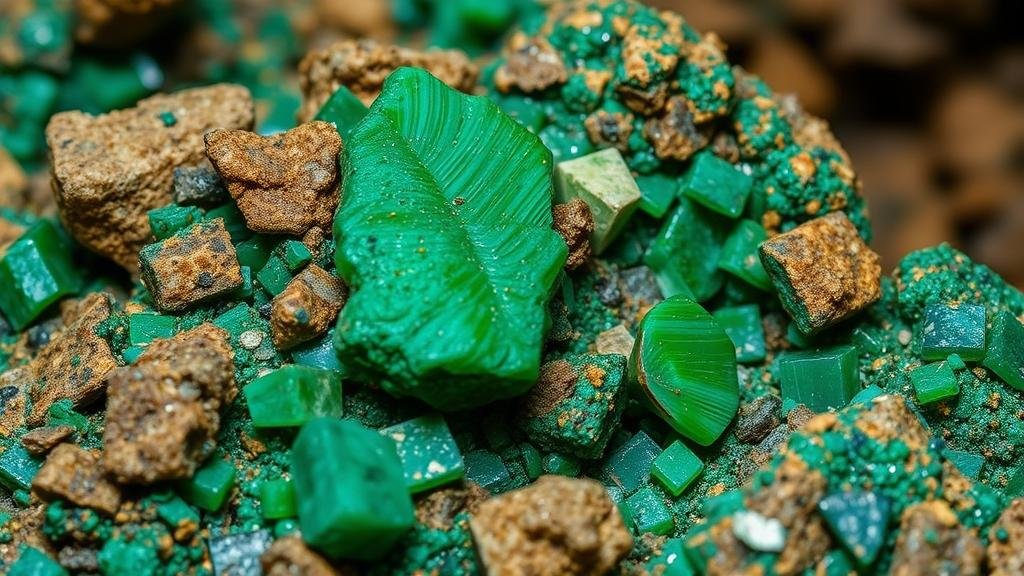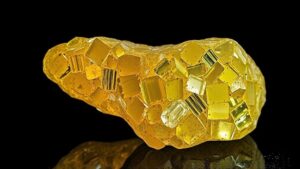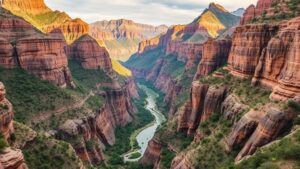Unearthing copper-rich minerals such as malachite and azurite in the abandoned mines of the Santa Rita area.
Unearthing Copper-Rich Minerals in the Santa Rita Area
The abandoned mines of the Santa Rita area, located in southwestern New Mexico, offer a treasure trove for rockhounds and mineral collectors. Among the most sought-after specimens are malachite and azurite, two vibrant copper-rich minerals that not only showcase stunning colors but also possess unique properties of interest to collectors and researchers alike. This article explores these minerals, their geological significance, and practical tips for successful collecting in this historic mining region.
Introduction to Malachite and Azurite
Malachite (Cu2CO3(OH)2) and azurite (Cu3(CO3)2(OH)2) are both secondary copper carbonates that form in the oxidized zones of copper deposits. Malachite is characterized by its deep green color and banded patterns, whereas azurite exhibits a striking blue hue. These minerals not only serve as indicators of copper deposits but also provide insights into the weathering processes that shape mineral formation.
Geological Context of the Santa Rita Area
The Santa Rita area is rich in geology, hosting remnants of extensive copper mining activities that date back to the late 19th century. The region is part of the larger Laramide Orogeny, which created significant copper deposits through volcanic and sedimentary processes. surrounding landscape includes a variety of rock types, including limestone and shale, which contribute to the formation of malachite and azurite.
Distribution and Occurrence
Malachite and azurite can typically be found in areas with oxidized copper ore deposits. In the Santa Rita mine, these minerals often occur in association with other copper ores, such as chalcopyrite and bornite. Both malachite and azurite tend to form in small, botryoidal (grape-like) masses, as well as fibrous, stalactitic, or crusty forms.
- Malachite exhibits a green color ranging from light to dark hues, commonly found as a coating or encrustation on other minerals.
- Azurite can present in tabular crystals, often observed in a deep blue color, making it highly desirable among collectors.
Collecting Tips for Rockhounds
For those interested in collecting malachite and azurite in the Santa Rita area, it is essential to approach the endeavor with both diligence and respect for the environment. Here are some valuable tips:
- Get Permission: Always verify if the site is accessible to collectors and obtain the necessary permissions if required.
- Use Proper Gear: Equip yourself with sturdy footwear, gloves, and safety goggles to protect yourself from sharp rocks and potential hazards.
- Bring the Right Tools: Essential tools include a rock hammer, chisels, and a collection bag. Digital scales and a magnifying glass can help in assessing the quality of specimens.
- Be Mindful of the Environment: Practice responsible collecting by minimizing your impact on the area. Fill any holes you dig and leave the site as you found it.
Real-World Applications and Significance
The allure of malachite and azurite extends beyond aesthetic appeal. e minerals have historical significance, having been used by ancient civilizations as pigments and for other decorative purposes. Today, they are popular among collectors, educators, and those interested in mineralogy and geology. Also, both minerals are studied for their potential uses in geology for understanding mineral deposits and environmental sciences.
Conclusion
Exploring the abandoned mines of the Santa Rita area can be an exhilarating experience for rockhounds and mineral collectors. Malachite and azurite not only offer stunning visual appeal but also serve as vital indicators of copper deposits, enriching our understanding of mineral formation and geology. By adhering to respectful collecting practices, enthusiasts can enjoy the thrill of discovery while preserving the natural heritage of this unique landscape.
Actionable Takeaways
- When visiting the Santa Rita area, prioritize safety and environmental responsibility.
- Investigate historical data and geological maps to identify promising collecting locations.
- Join local rockhounding clubs or online forums to share experiences and tips with fellow collectors.



